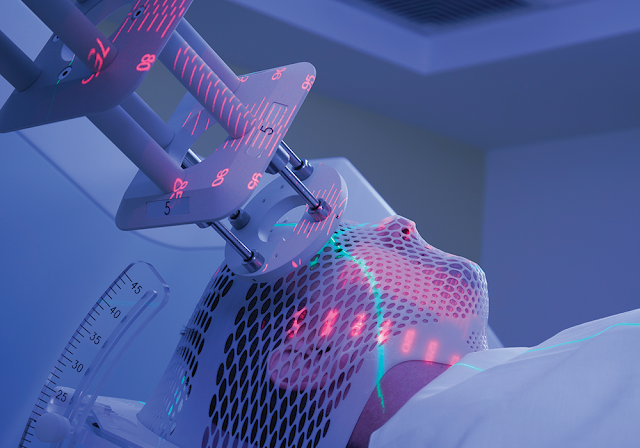A Radiotherapy Treatment Works By Targeting Cancer Cells, Sparing Healthy Cells As Much As Possible
Radiotherapy, also known as radiation therapy, is a form of cancer treatment that uses high-energy radiation to kill cancer cells. The radiation can come from a machine outside of the body, called external beam radiation therapy, or from a source placed inside the body, called brachytherapy.
Radiation therapy is a highly precise treatment that targets cancer cells while sparing healthy cells as much as possible. It is often used in combination with other cancer treatments, such as surgery and chemotherapy, to improve the chances of a successful outcome.
One of the most common types of external beam Radiotherapy is called intensity-modulated radiation therapy (IMRT). This type of radiation therapy uses advanced technology to deliver radiation to the tumor with precise intensity and direction. This allows for a higher dose of radiation to be delivered to the tumor while minimizing exposure to surrounding healthy tissue.
Another type of external beam radiation therapy is called image-guided radiation therapy (IGRT). This type of radiation therapy uses imaging technology, such as CT scans, to guide the delivery of radiation to the tumor. This allows for more precise targeting of the tumor and can help to reduce the risk of side effects.
The Radiotherapy Market is anticipated to reach US$ 7,078.91 million in 2022 and grow at a CAGR of 6.8% over the following five years (2022-2030).
Brachytherapy, on the other hand, uses a radioactive source that is placed inside the body, close to or directly in the tumor. The source can be in the form of a seed or a cylinder. Brachytherapy is often used to treat prostate cancer and gynecologic cancers, such as cervical and endometrial cancer.
Radiotherapy is usually given in short sessions, called fractions, over a period of several weeks. The number of fractions will depend on the type and stage of the cancer, as well as the person's overall health. Each fraction usually lasts only a few minutes, and the person will be able to go home after each session.




Comments
Post a Comment